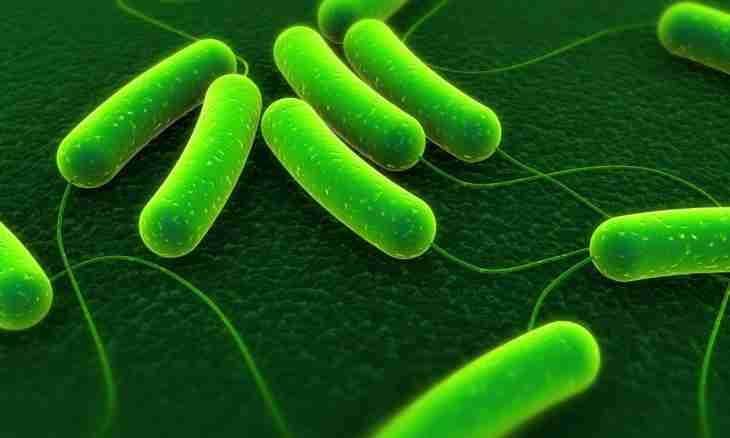Saprofitami is called by heterotrophic organisms for which ready organic compounds are a source of carbon. They do not depend on other organisms, however complex substrates are necessary for much of them for activity maintenance.
Instruction
1. The name of this group of bacteria came from two Greek words: ""sapros"" that means rotten, and ""phyton"" — a plant. Saprofita eat waste products of other organisms or vegetable and animal fabrics.
2. The most part of the existing bacteria belongs to saprofita. They decompose various organic matter in the soil and water, cause damage of foodstuff, participate in a mineralization, a nitrification and ammonification. Azotobakteriya, klostridiya and mycobacteria take part in nitrogen fixing.
3. Saprofita are the most important link of circulation of carbon, oxygen, iron, sulfur and phosphorus. Some of them split a keratin and cellulose, oxidize and form hydrocarbons — propane, methane and others.
4. Some of these bacteria differ in the insistence to substrate. They can grow only on complex substrates, using milk, the decaying vegetable remains, corpses of animals for activity maintenance. As obligatory components of food certain carbohydrates and organic forms of nitrogen in the form of a set of proteins, peptides and amino acids are necessary for them. Such bacteria call substrate - specific. The substances which are a fine source of carbon for some microorganisms can be unsuitable and are even toxic for others.
5. Separate saprofita need vitamins, nucleotides or components for synthesis — the nitrogenous bases and five-carbon sugars. Cultivate them usually on Wednesdays which contain meat hydrolyzates, plant extracts, autolysates of yeast or whey. There are "omnivorous" saprofita, they are capable to use as a carbon source various organic compounds — alcohols, proteins, organic acids and carbohydrates.
6. Some species of pathogenic bacteria exist as saprofit in the external environment, at the same time in certain conditions of a saprofita can cause diseases of people and animals, getting to their organism. There are saprofita capable to suppress growth of pathogenic and putrefactive microflora, for example, in digestive tract of warm-blooded. Among waste products of some of them there are substances stimulating immunity.
7. Saprofita found broad application in receiving various biologically active connections — interleukins, interferon and insulin. The question of possible application of saprofit for sewage treatment is studied. By biodegradation they are capable to destroy various waste and pollution.

